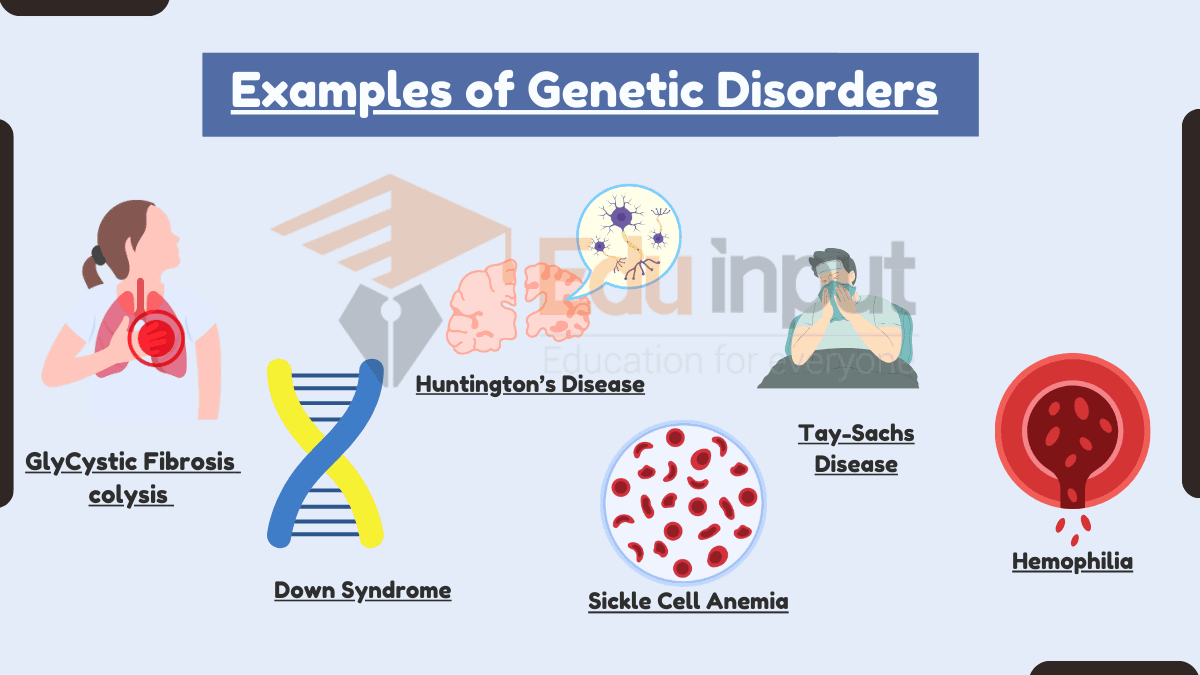5 Examples of Natural Selection in Plants
Examples of Natural selection in plants include adaptations like larger leaves in shaded areas, water-storing abilities in desert plants, and herbicide resistance in weeds.
Examples of Natural Selection in Plants
Here are few examples of Natural Selection in Plants:
1. Cacti
Cacti are found in deserts, where there is very little water. Over time, cacti have evolved to have thick, waxy skin that helps prevent water loss.
They have also evolved to have spines, which discourage animals from eating them. These adaptations have helped cacti to survive in their harsh environment.
This is an example of natural selection because the cacti that were best able to survive in the desert were the ones with thick, waxy skin and spines.
These cacti were more likely to reproduce and pass on their genes to their offspring. As a result, over time, the population of cacti evolved to have these traits.
2. Venus flytrap
Venus flytraps are carnivorous plants that live in nutrient-poor soil. They have evolved to trap insects in their leaves, which they then digest to get the nutrients they need.
This adaptation has helped Venus flytraps to survive in their environment.
This is an example of natural selection because the Venus flytraps that were best able to catch and digest insects were more likely to survive and reproduce.
These Venus flytraps were more likely to pass on their genes to their offspring. As a result, over time, the population of Venus flytraps evolved to have these traits.
3. Poison ivy
Poison ivy is a plant that produces a toxin that can cause a rash in humans and other animals. This toxin is a defense mechanism that helps poison ivy to avoid being eaten or destroyed.
Over time, poison ivy has evolved to produce more toxin, which has made it even more effective at deterring predators.
This is an example of natural selection because the poison ivy plants that produced more toxins were more likely to survive.
These poison ivy plants were more likely to pass on their genes to their offspring. As a result, over time, the population of poison ivy evolved to produce more toxins.
4. Dandelions
Dandelions are a common weed that is found in many different environments. They have evolved to have wind-dispersed seeds, which allows them to spread quickly and colonize new areas.
This adaptation has helped dandelions to become one of the most successful plants on Earth.
This is an example of natural selection because the dandelions that were best able to spread their seeds were more likely to survive and reproduce.
These dandelions were more likely to pass on their genes to their offspring. As a result, over time, the population of dandelions evolved to have wind-dispersed seeds.
5. Flowering plants
Flowering plants have evolved to have bright colors and sweet scents, which attract pollinators.
This adaptation has helped flowering plants to reproduce more effectively.
This is an example of natural selection because the flowering plants that were best able to attract pollinators were more likely to reproduce.
These flowering plants were more likely to pass on their genes to their offspring. As a result, over time, the population of flowering plants evolved to have bright colors and sweet scents.
Also Learn Examples of Natural Selection in Human
Examples of Natural Selection in Animals
Examples of Natural Selection in Microbes

 written by
written by 


Leave a Reply